We Call it the Red Line
with the Baltimore Transit equity coalition
This crankie was performed for the Creative Alliance's Crankie Fest in 2019. It's 15 minutes and appx 150 ft long. It combines personal narrative and family history with Baltimore City's history of transit injustice and racial segregation. A painted scroll, backlighting, paper-cut puppets, and an original sound scape help shape the narrative. Special thanks to Emily Schubert, the curator of Crankie Fest, and puppeteer assistant for this crankie.
Still from crankie
More details:
This crankie summarizes my father's short stint in the east-side fight against the expressway in the 1960's and 70's, or what we now call: the Highway to Nowhere. As a public artist with an interest in city planning and a desire to connect my arts background to organizers working to shift policy, for the last three years I have volunteered with the Baltimore Transit Equity Coalition (BTEC). This grassroots, Black-led organization grew from the cancellation of the Red Line light rail in 2015 to organize Baltimore around reviving the vision for public transit with a focus on equity.
This crankie started with a series of interviews from BTEC members and my family, along with archival research through the University of Baltimore and recent published scholarship, such as "Baltimore Revisited: Stories of Inequality and Resistance in a US City", published in 2019. It summarizes our history of segregation via redlining and urban renewal policies, connects to the current transit justice movement to revive the Red Line, and reflects on the role my family and others' played in that process.
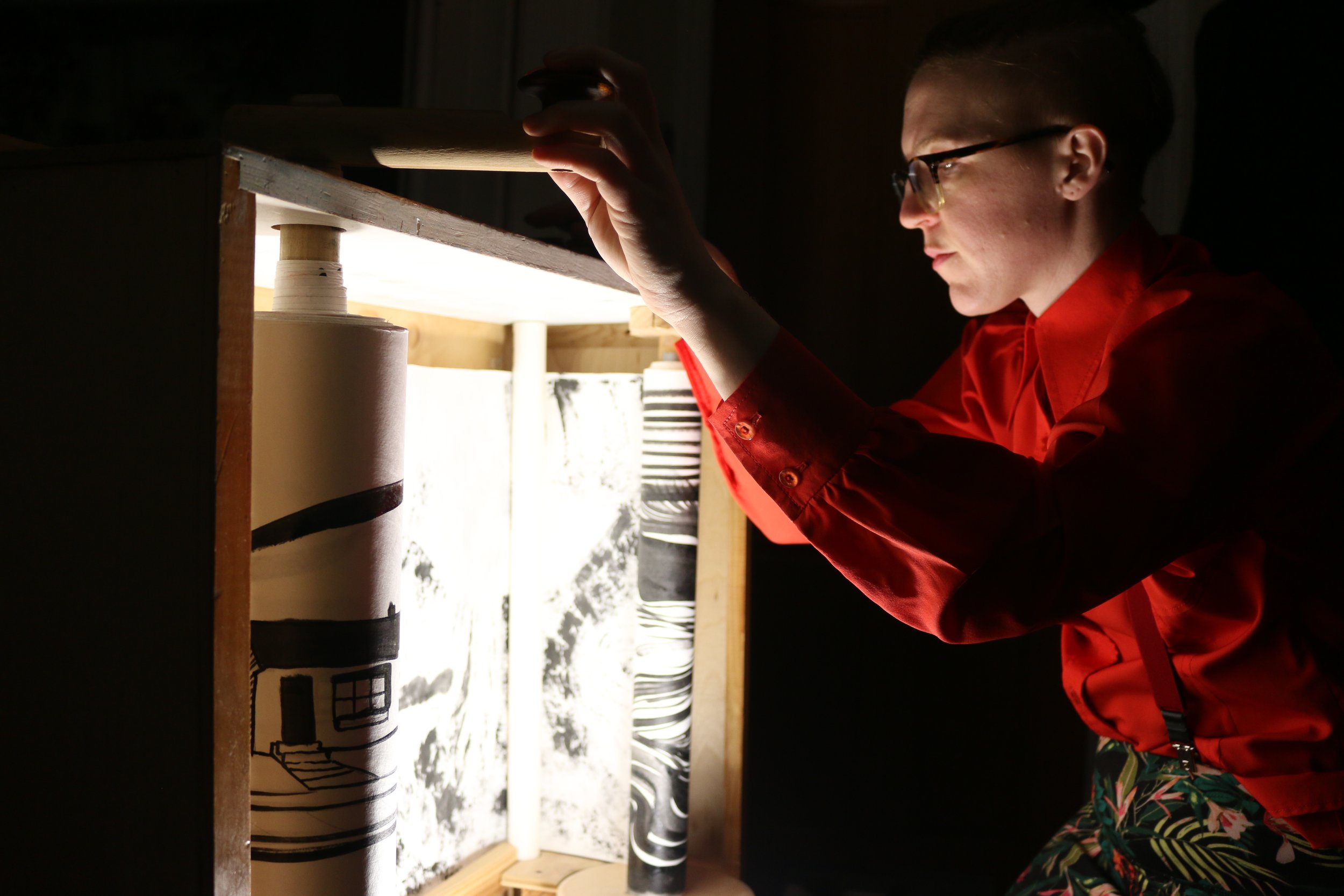
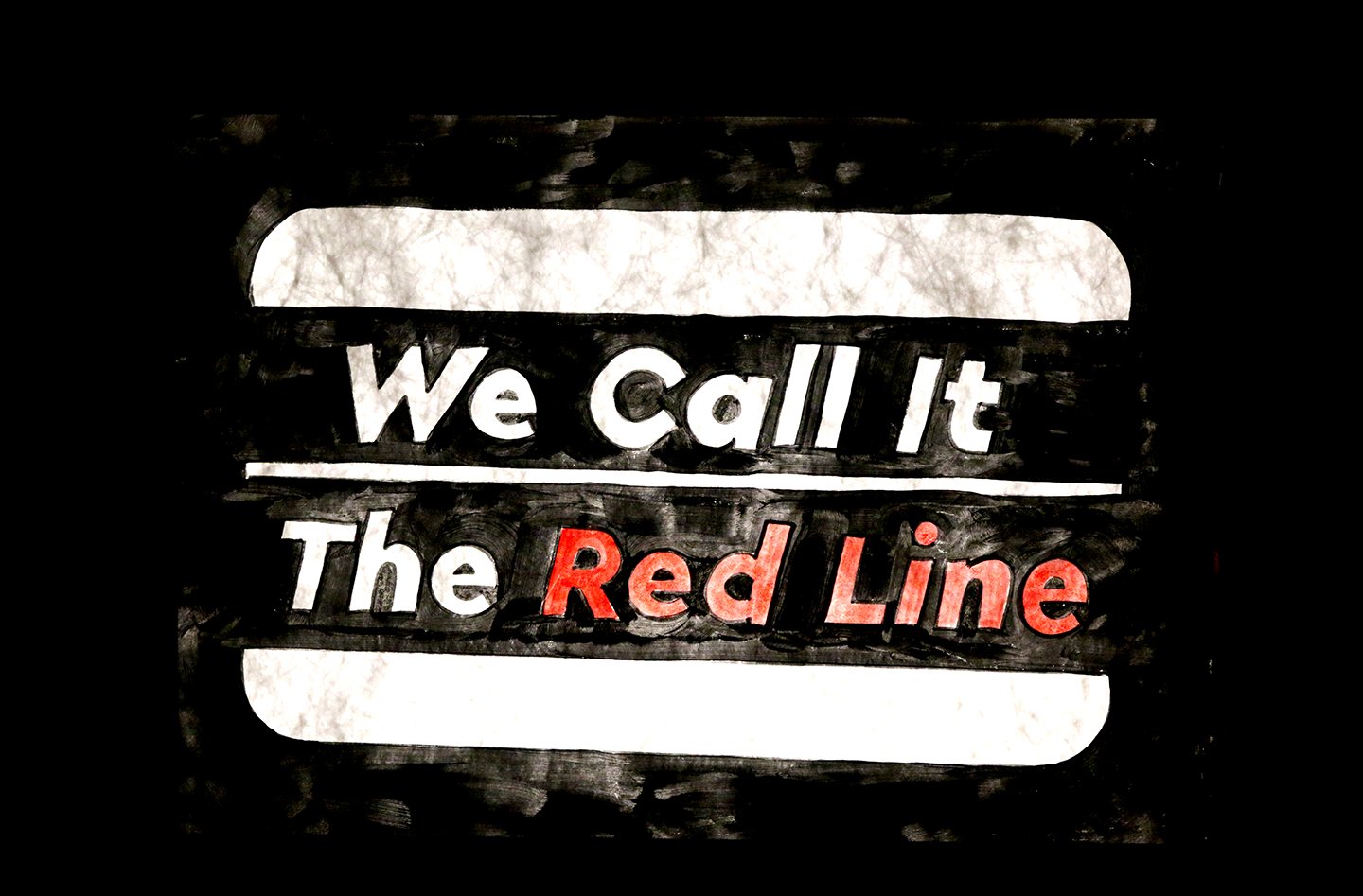
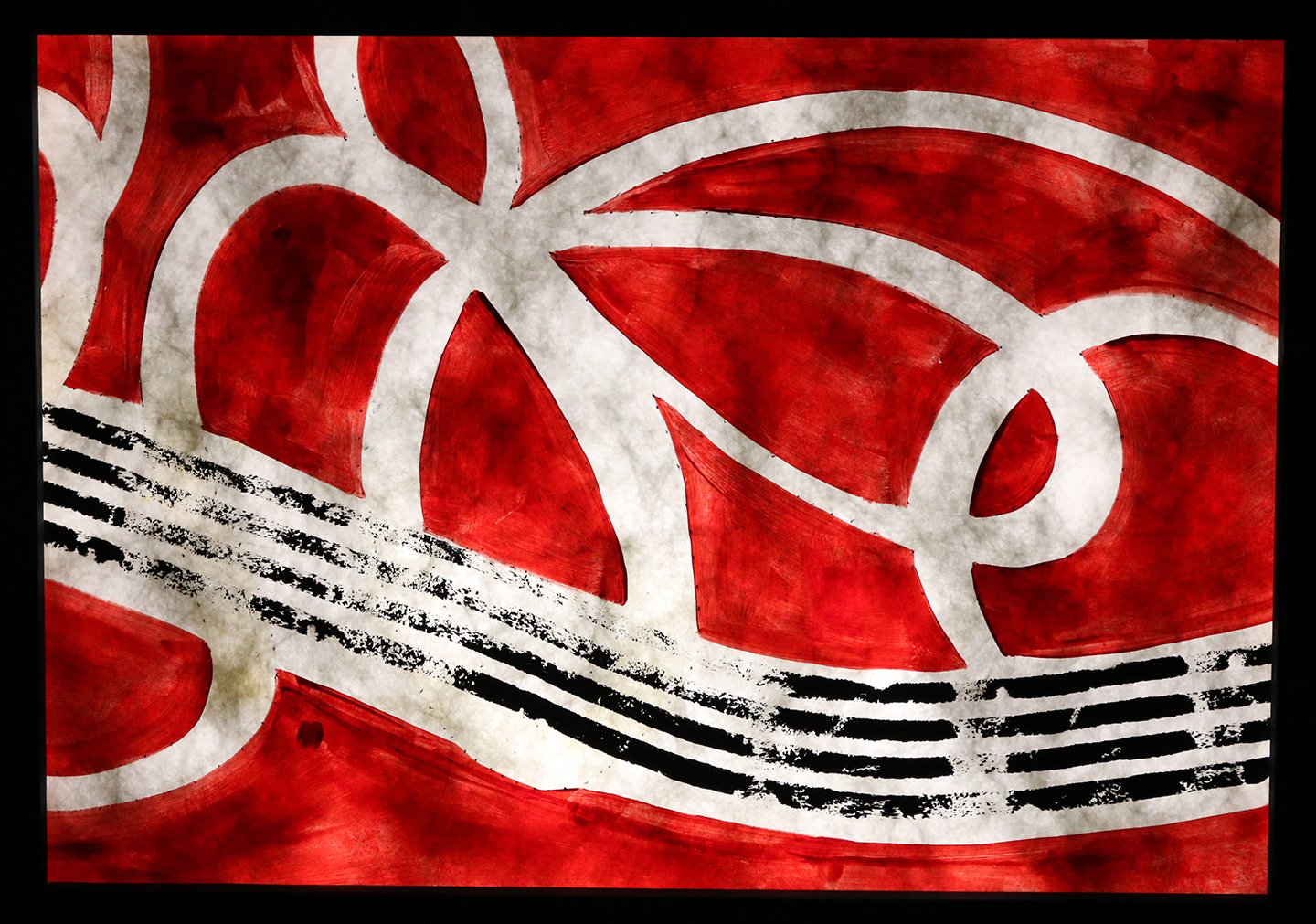
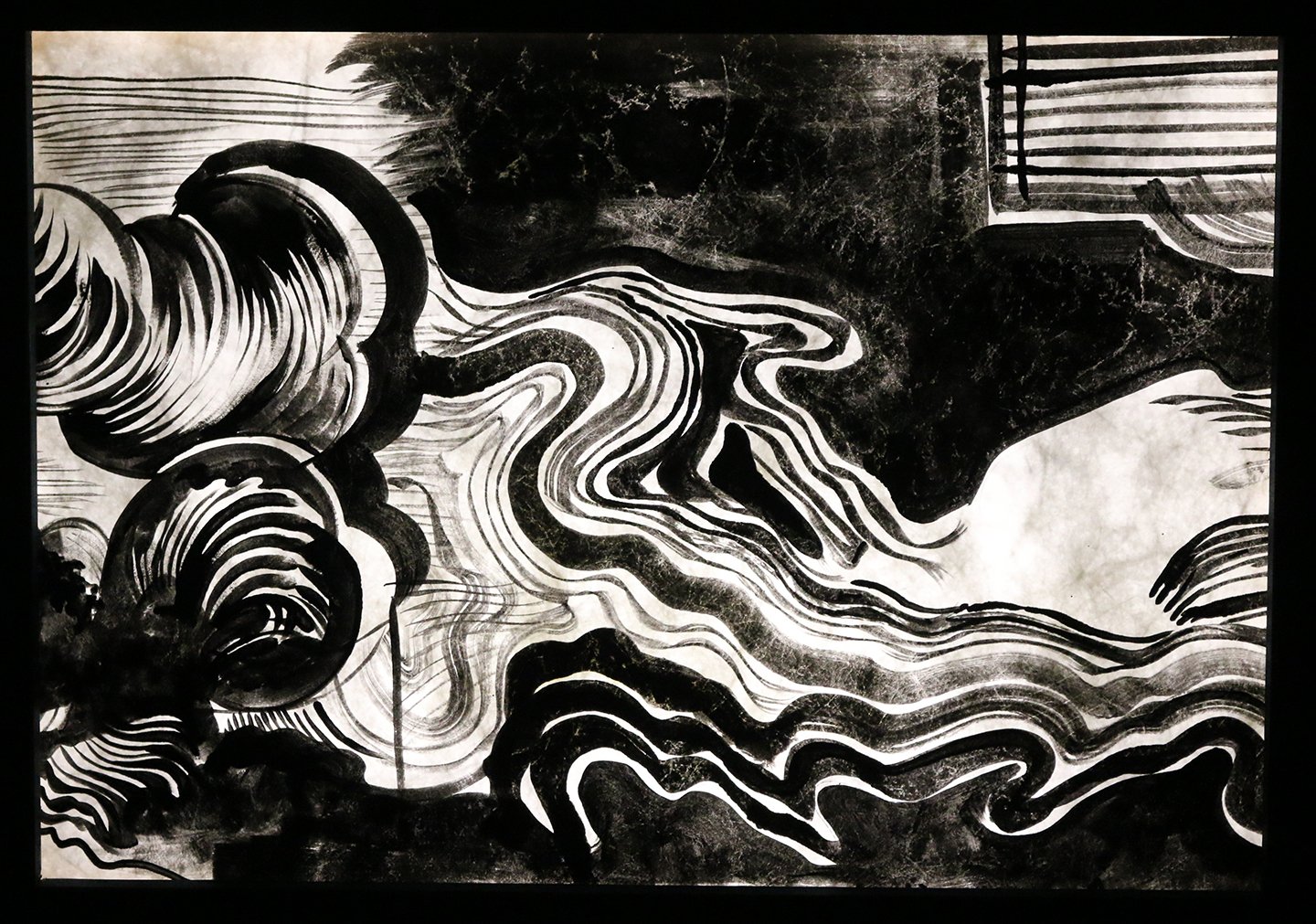

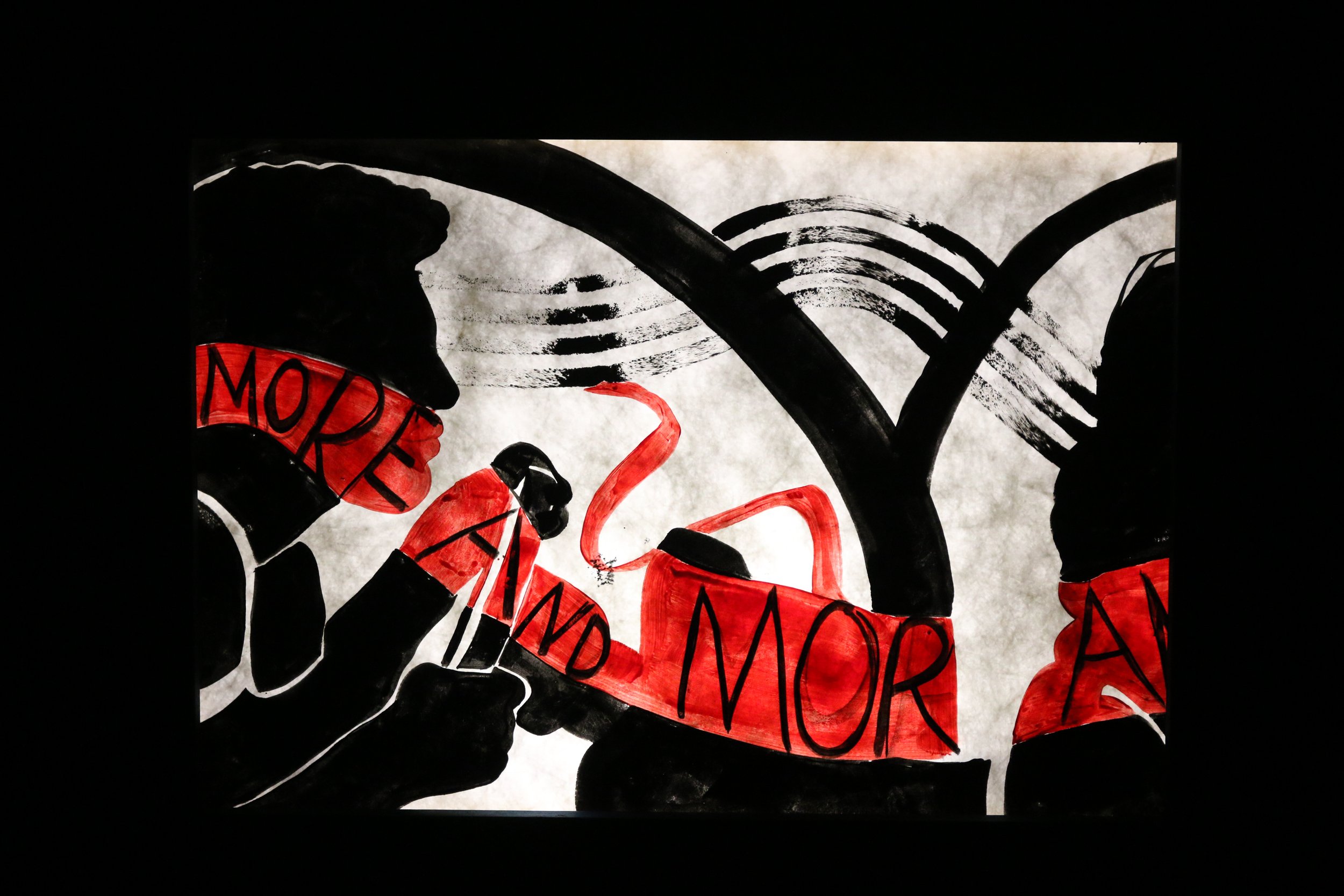
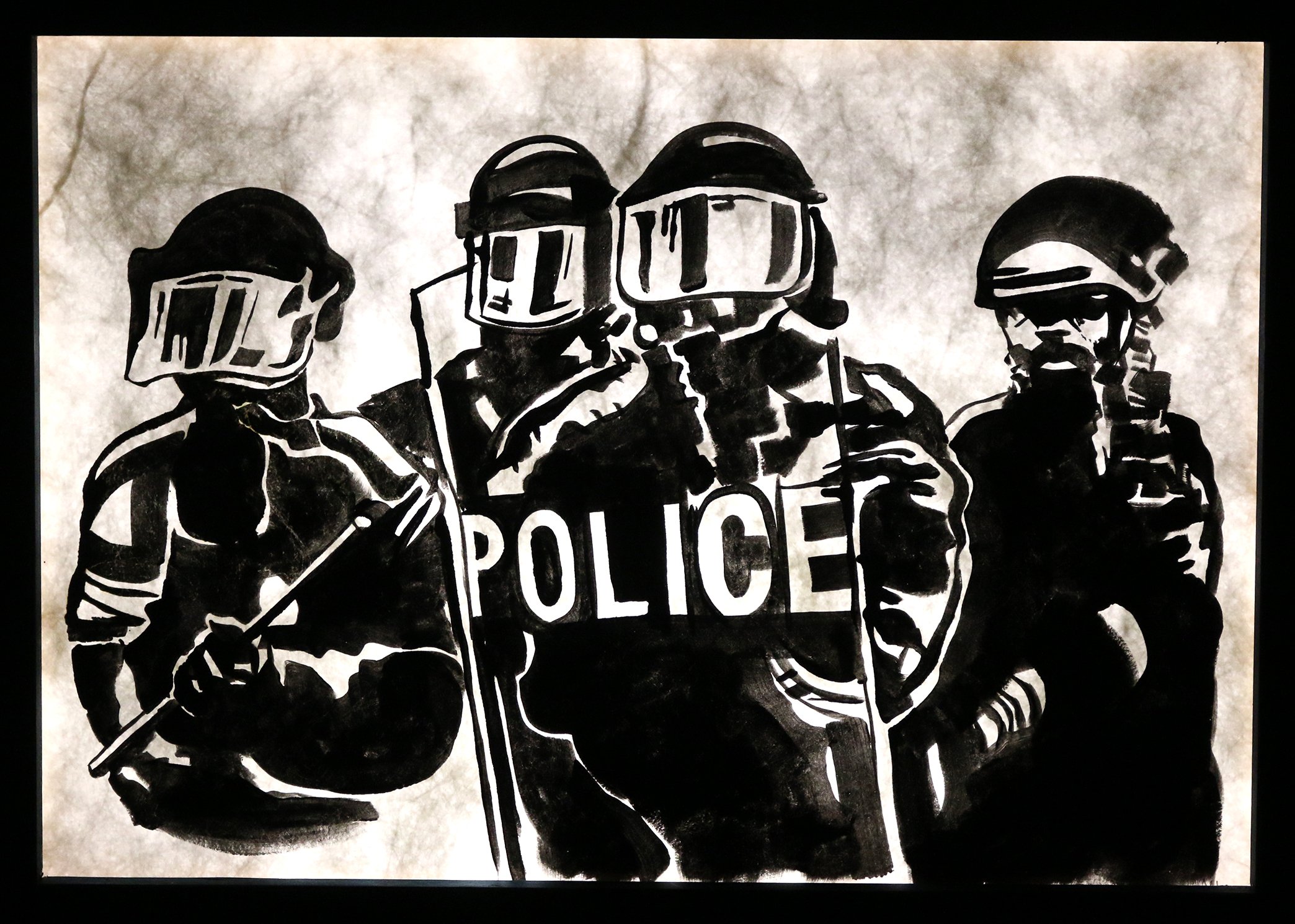
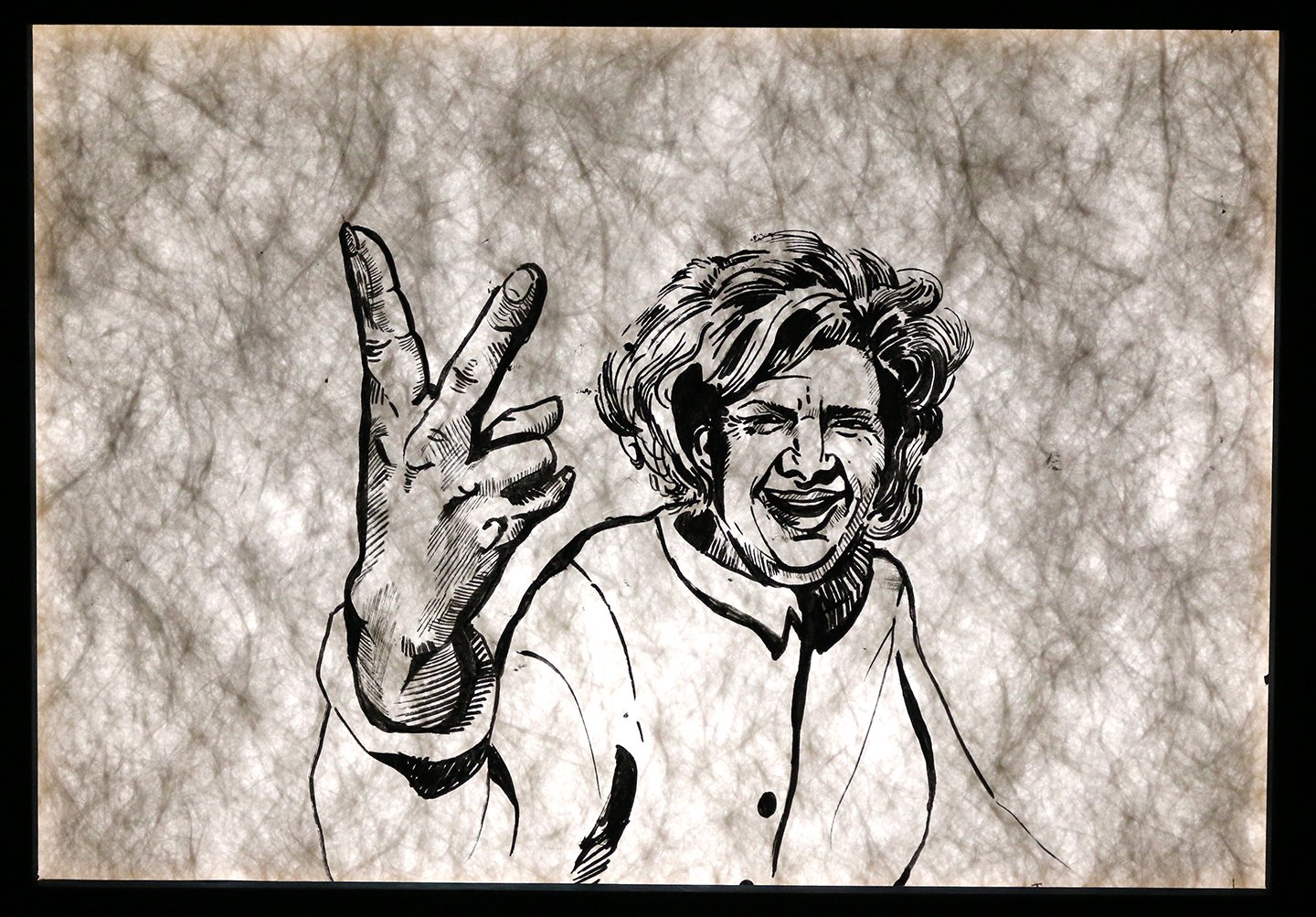
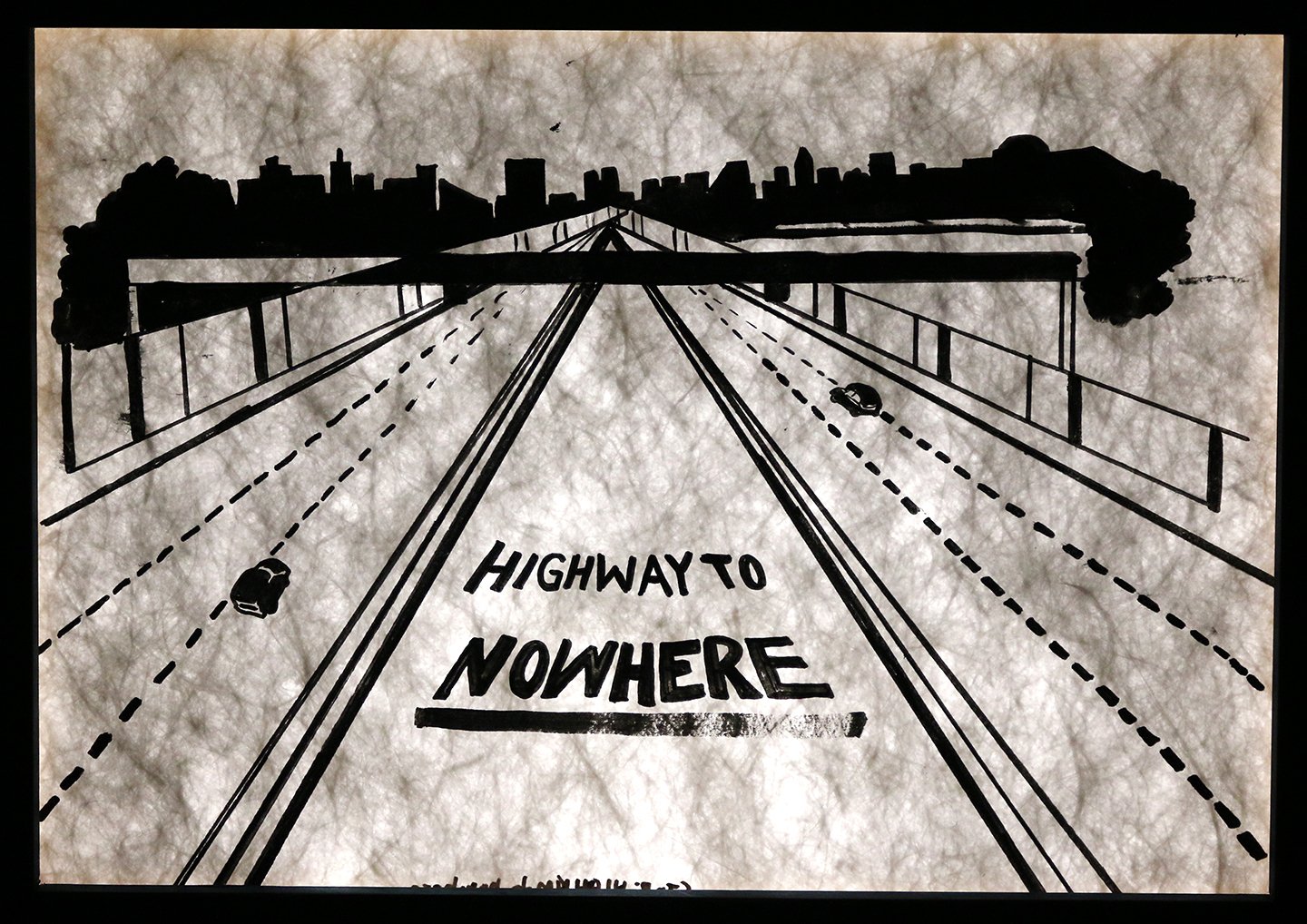
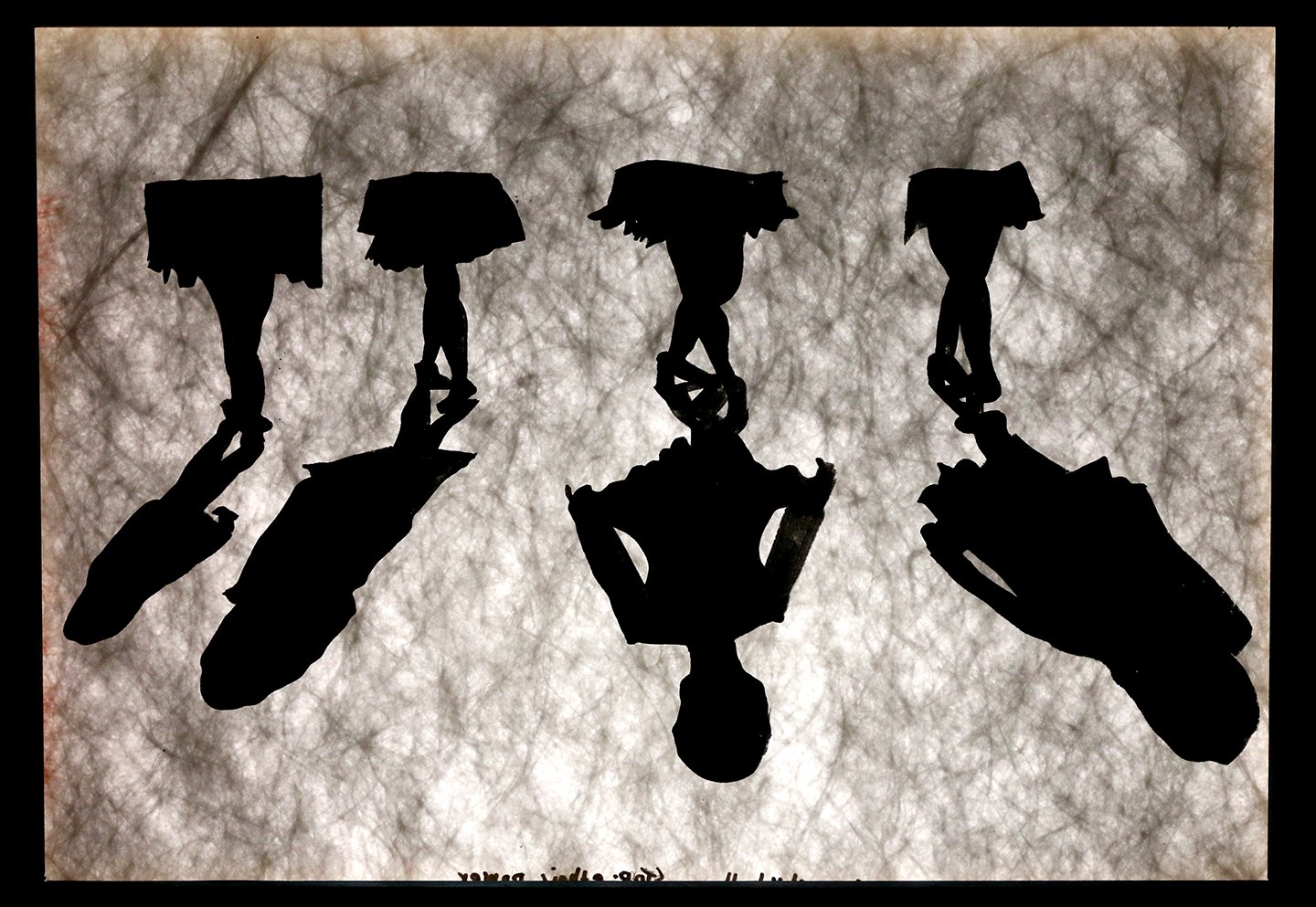
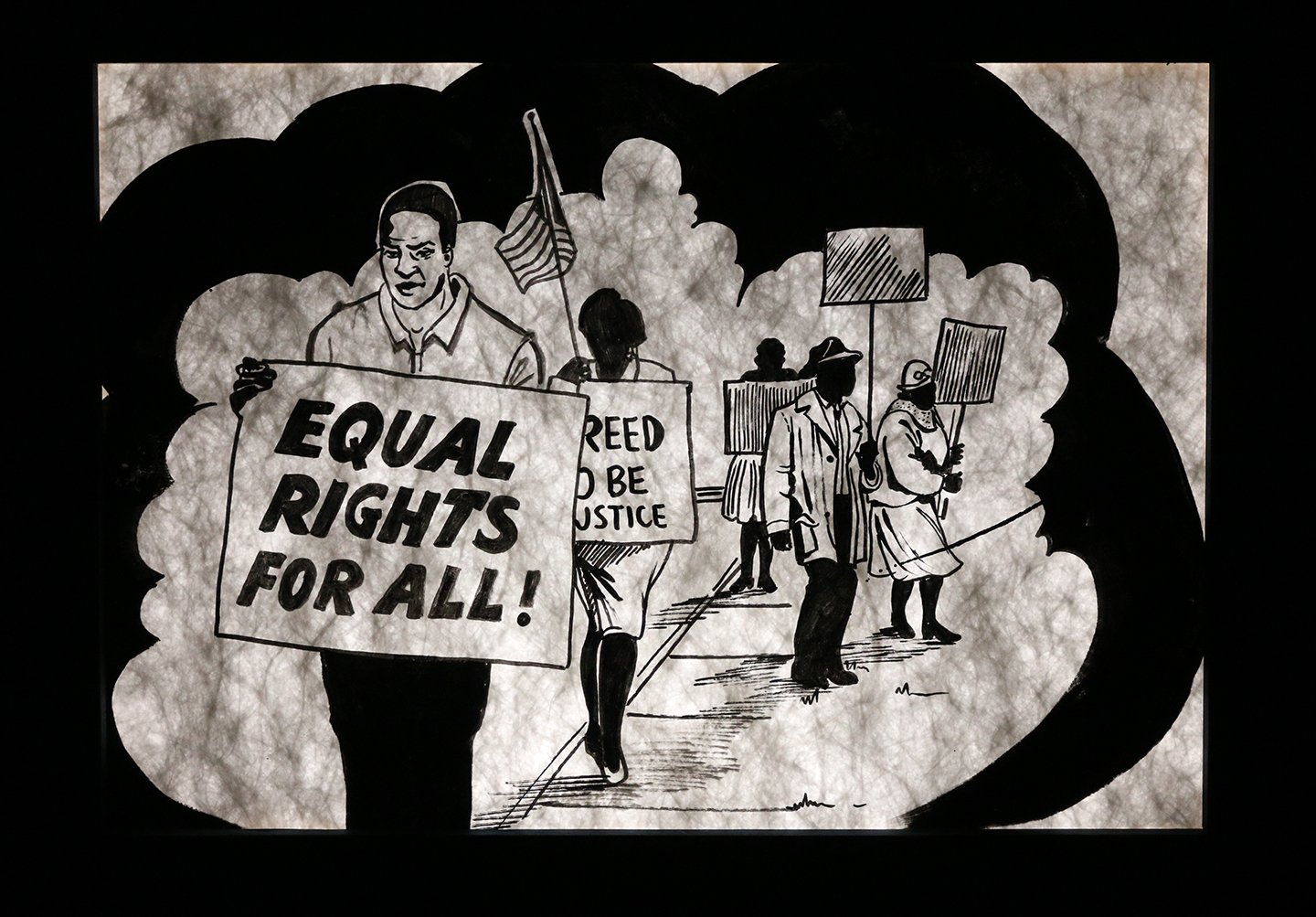
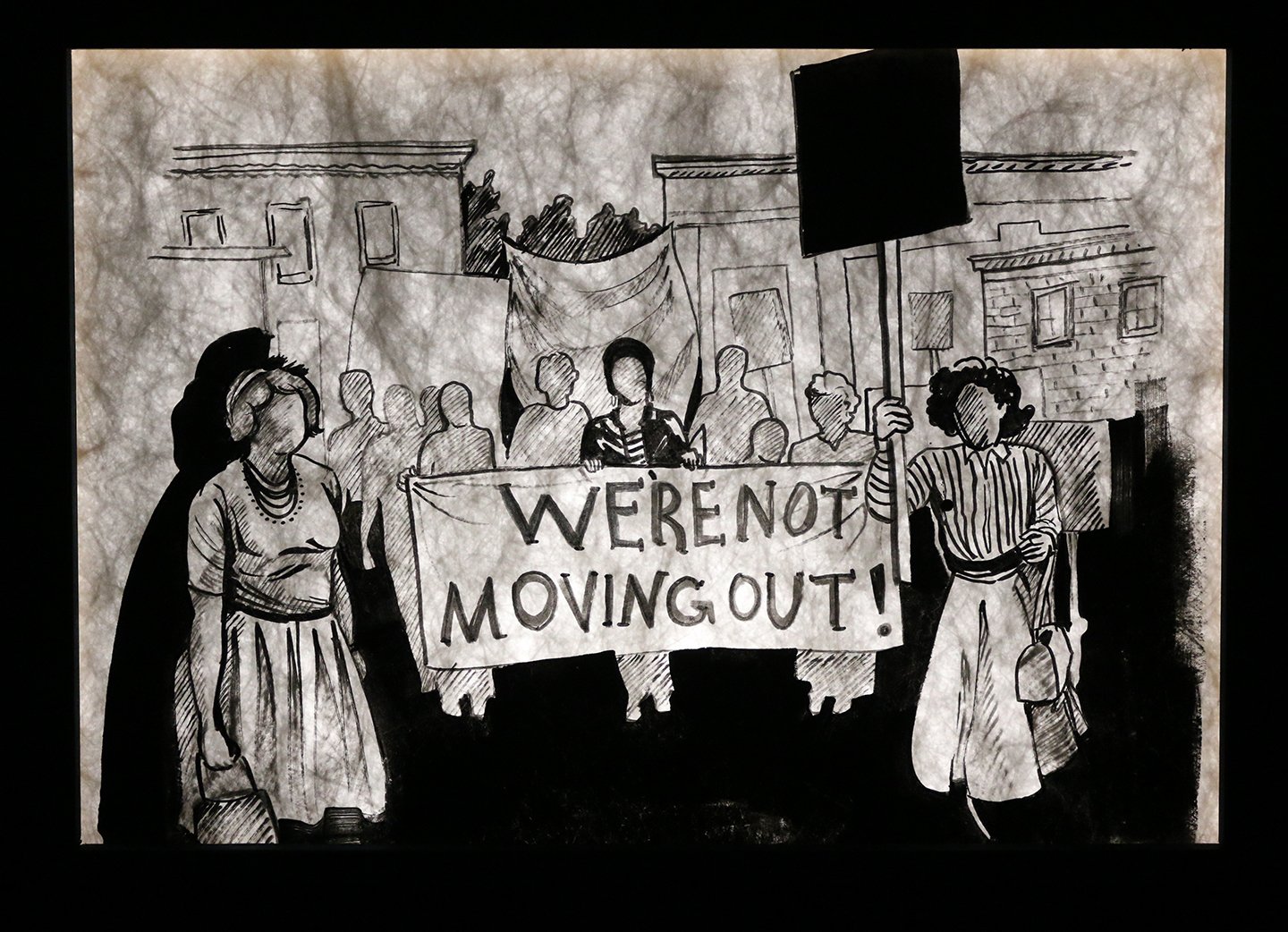
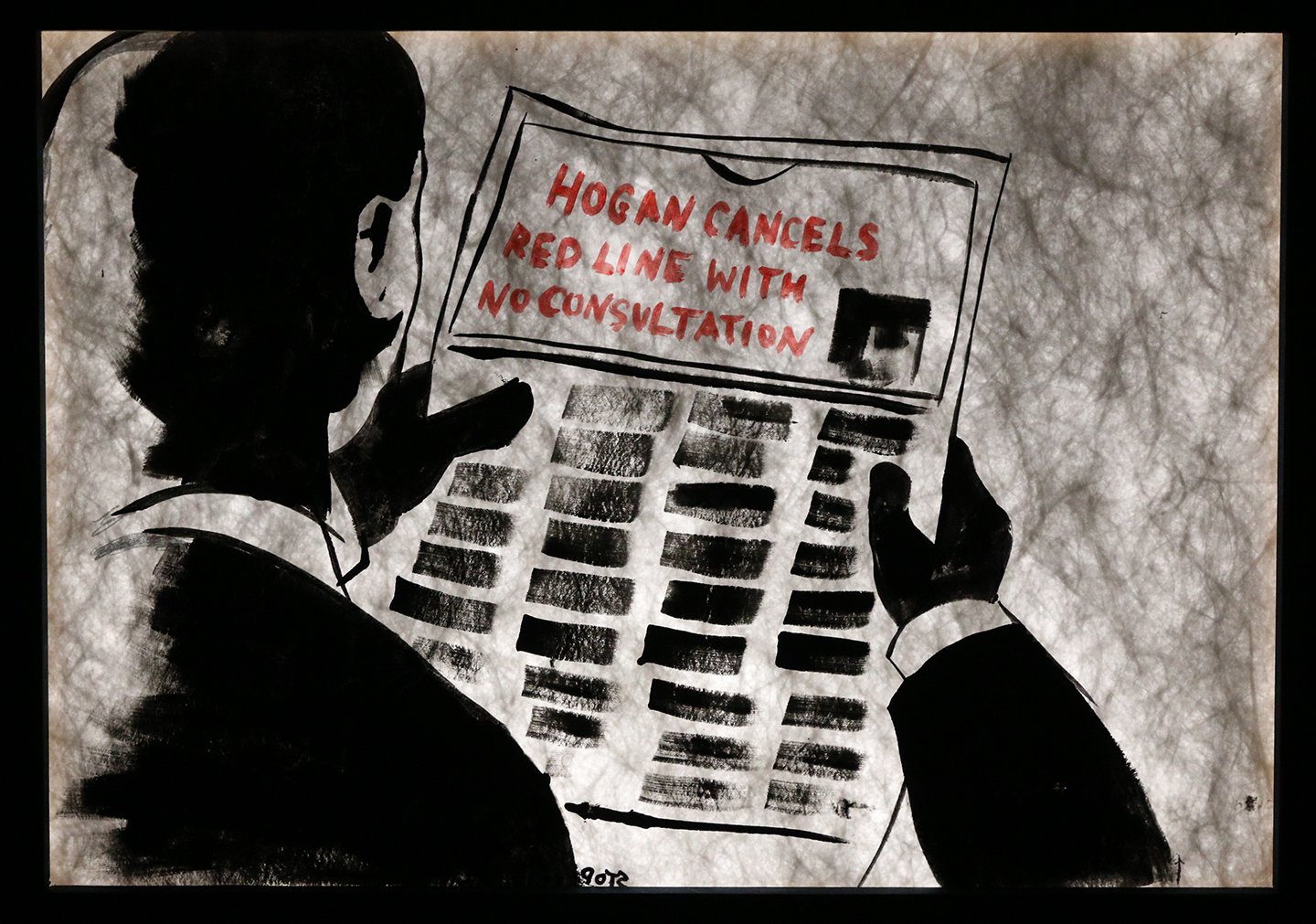
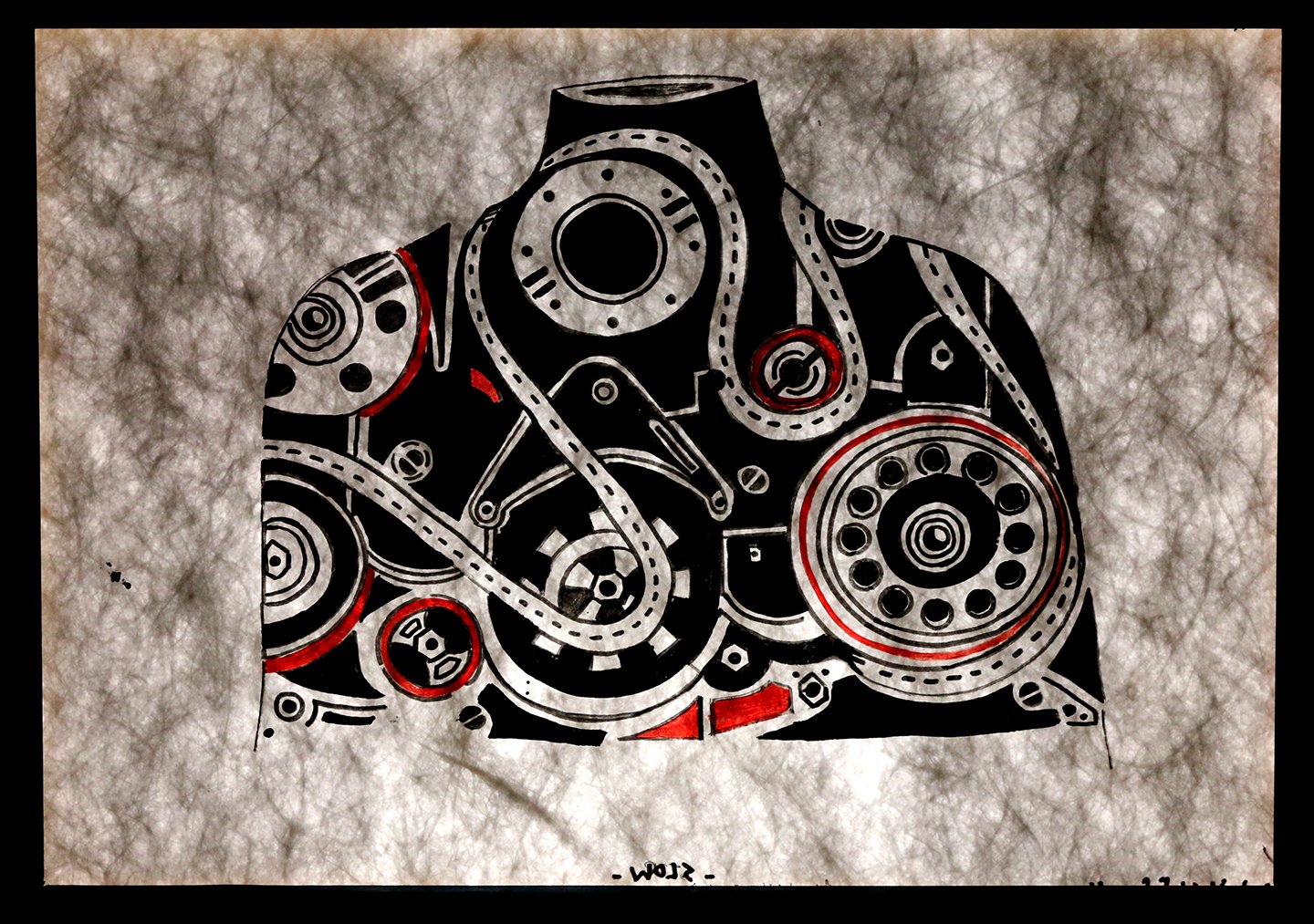
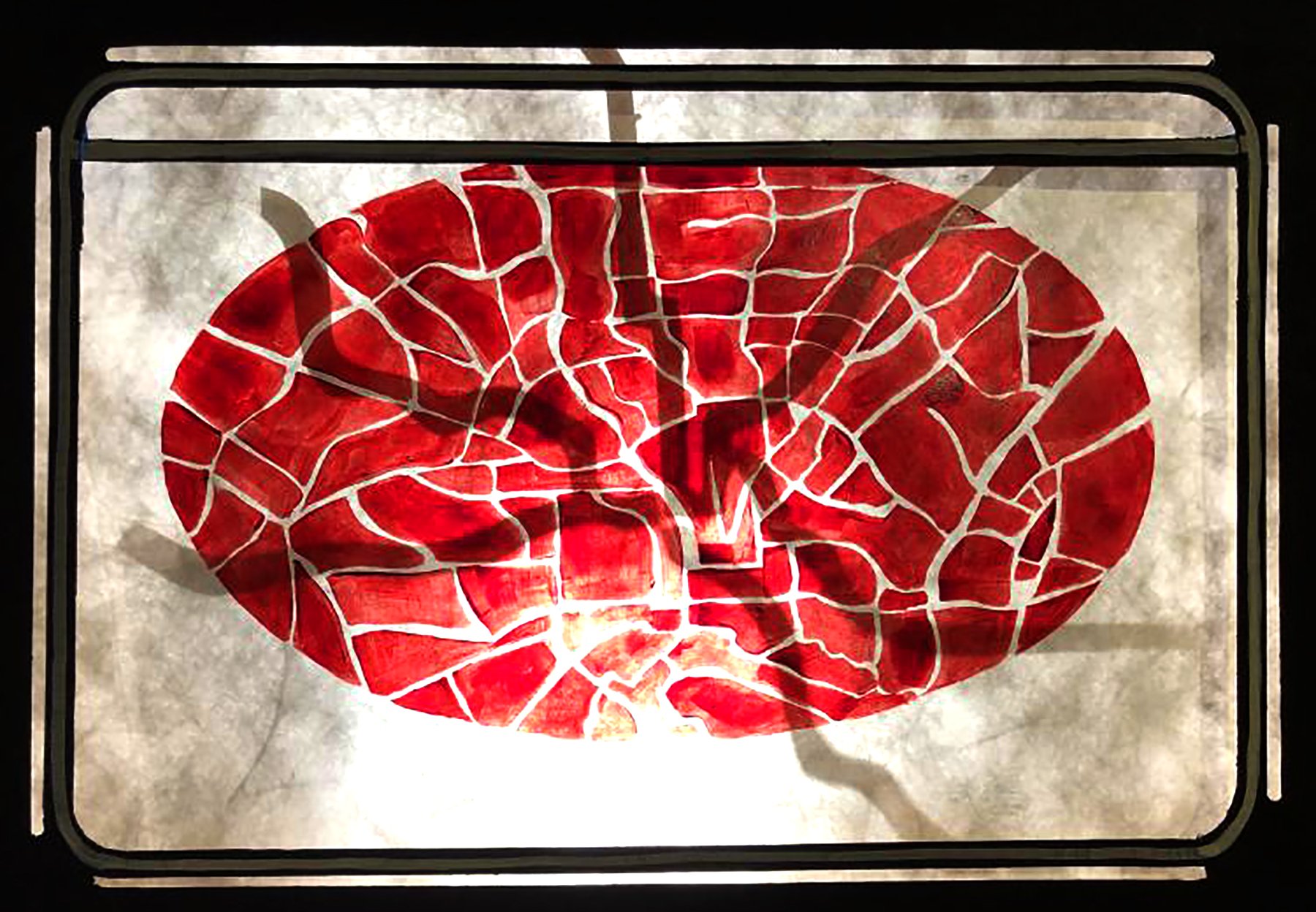

Excerpt from Crankie Script:
It is 1949, and my father is born on Fleet Street in Fells Point in a home with no indoor plumbing or heating, with 50 children on one block who play stickball in the alleys. His living room was outside the front door, life spread into the streets, that served people before-cars, before giant companies like GM took over the electric street-car system.
I hear a call for Complete Streets, for electric motors- I say add complete light rail, make it multi-modal, we are not reinventing the wheel, we are just revivalists, repeating old cycles with millennial cyclists. Auto lobbyists leveraged our obsession with safety and our precious babies getting hit by speeding cars- look both ways before crossing the street is a recent lesson, what we should have said then was, look both ways before our city gets divided by a massive highway.
It’s 1987, and there’s a brass band playing at the grand opening of the extension of the baltimore metro to owings mills, designed to bring county folks to the city to shop.
Crankie still showing the original plans for the Baltimore City Light Rail System
The metro system was originally envisioned as 6 rapid-transit lines radiating from a central city loop, 71 miles long. By 1971 it was cut to 28 miles. When they started building in 1983, there were only 7.6 miles left. From 71 to 7, rail lines disappearing like the amount of stars we can see in our skies at night, what was once a sparkling constellation is now just a fading gleam - light years apart. A recent study from Harvard experts found the single strongest factor affecting the odds of a child escaping poverty isn’t the -test scores. It’s the percentage of workers in that child’s neighborhood who have long - commute times.
I live in Hampden, 5 minutes from my job by car, 15 by bike, 25 by bus and light rail. It is 1966 and Hampden missed blockbusting, along with my father’s neighborhood near fells point. If they beat out the Home Owners Loan Corporation scheme, they just had to wait a few years to see the value of their homes increase, to the point they couldn’t afford rent or taxes and owners were selling and joining the masses. When we think of white flight we think of the 1965 Federal Aid Highway Act, and the FDA’s subsidized mortgage policies in white only burbs. But in Baltimore, we were ahead of the game. It is 1891 and we are both a champion of the electric streetcar and racial covenants. The Great Migration is adding to a relatively large number of African Americans - streetcars couldn’t take you to the true country side, but they could shuttle down Euro-modeled fenced- in garden mansions just outside the city line.
Crankie still with shadow puppet of child
It is April 27th, 2015 and I am at my grandmother’s house in Hamilton folding laundry, and across town more than 15 buses are stalled at Mondawmin Mall. demanding children get off and wait in a crowded parking lot to face rows of cops in riot gear. My friend took home terrified students that day because that was the only way to get home. She says the uprising was started by a shut down of transportation. I say yes - but put the start day closer to emancipation proclamation - a false hope of citizenship that is still owed by this nation....
It’s 1970, and my father is sitting next to Barbara Mikulski and Gloria Aull, singing at City Council President Scheafer about building a highway from I-70 in the west, through downtown, and along the water to the east. 'They used eminent domain, they just took them over like they did in fells point and canton. They tore down a bunch of houses in canton by saying you have a year to move out and here’s $5,000 for the house, and then along Franklin- Mulberry they had done that 10 years earlier.
It is 1966 and my father is about to graduate high school and downtown, the city council is considering tearing down 880 houses through the 77% owner occupied Rosemount community. While the federal government used highway expansion as a moral method to dissolve the unwanted, this neighborhood was strong. The voting rights act has just passed and my father thinks, 'maybe that will give black people the legal recourse needed to stop this road.' Wrong.
It is June 25th, 2015, and Maryland’s newly elected governor just announced the cancellation of the shovel ready, east-west, third rail line, studied in planning documents since the 1960’s, going from Social Security in Woodlawn on the west side, to Bayiew on the east side, bringing 10,000 jobs and rapid commute times- remember, the #1 leading cause of poverty- We call it the Red Line. Slated to become the transit successor of the aborted east-west highway to nowhere, in one decision made by a man that this city did not elect, the opportunity to give that scar of concrete any purpose evaporated, and with it the promise of access and investment along rail stations. Samuel Jordan, director of the Baltimore Transit Equity Coalition, was reading the Baltimore Sun, stunned, seeing 13 years of planning with a coalition of 19 community groups along each station- vanish, gone. As if Annapolis was pulling us back to 1792, but the wealthy landowners and businessmen were just giving us a preview of more to come, you’d think they’d understand by now the price fully paid, the gift from white supremacy is underdevelopment for everyone.
Samual Jordan’s quote:
"The society’s prosperity, it’s growth, it’s ability to elevate its members, is also associated with its mobility, the abiltiy to circulate in society without restrictions. That where its ideas, its contacts, its energy - comes from. Baltimore is in need of its engine, it’s the undercurrent in a vibrant society, the circulatory system that keeps the entire system working. We aren’t conscious of having to breath, we aren’t conscious of having to pump blood through our system. We shouldn’t have to think about public transit being available to everyone. Let us breathe.”
Video documentation of the full performance at the Creative Alliance’s Crankie Fest in December 2019.
Full performance documentation from 2019 at the Creative Alliance Crankie Fest, shot by Aaron Barlow






